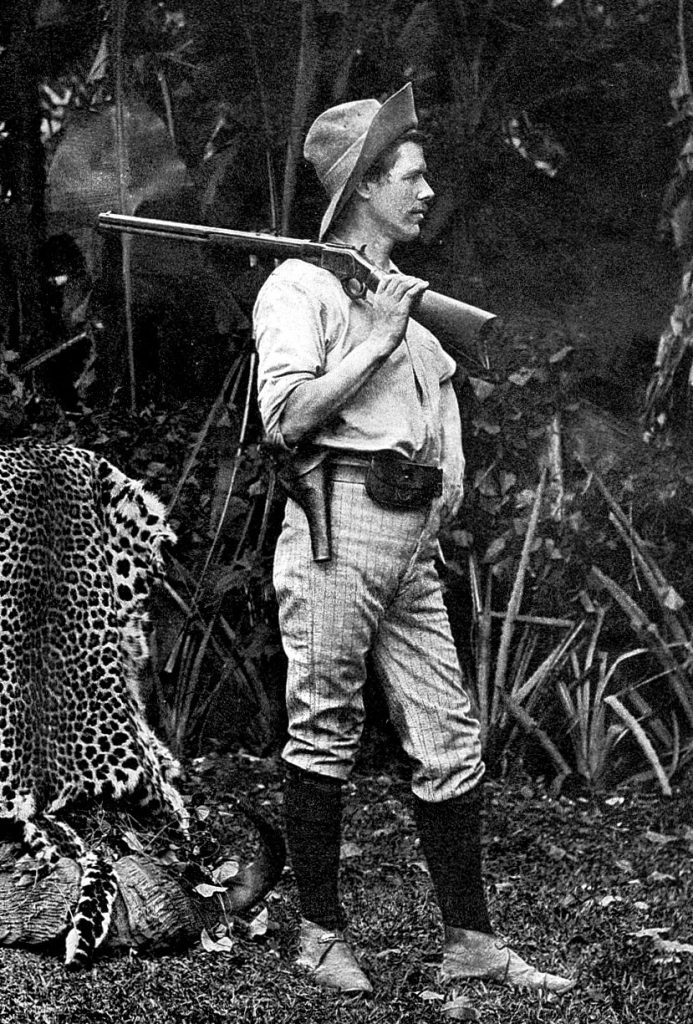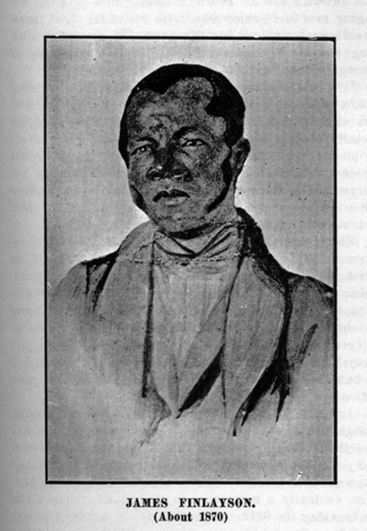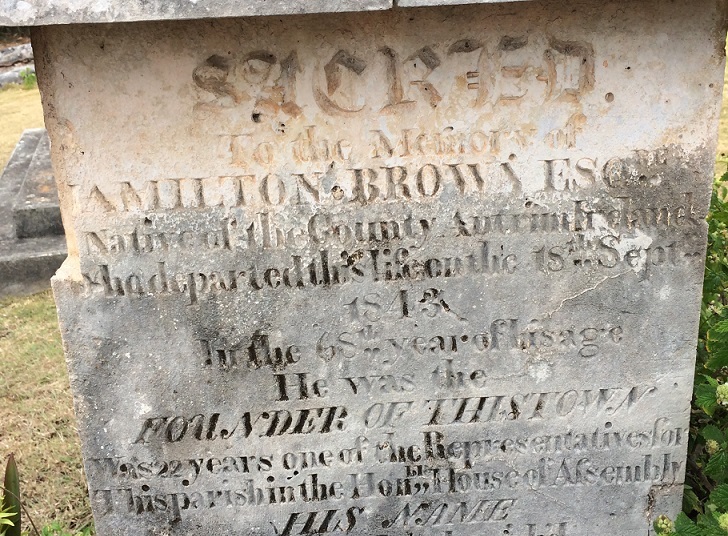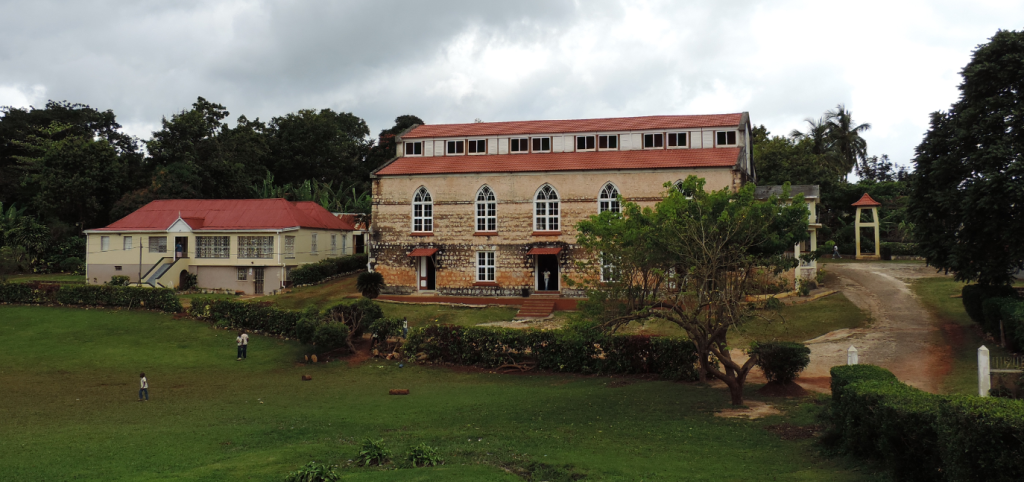Brown’s City, nestled within the lush hills of St. Ann, is Jamaica’s largest inland market city and a bustling cultural hub with a deep and sometimes complicated historical past. As soon as often called Hamilton City, the world has seen every thing from colonial energy performs and missionary zeal to the expansion of schooling and civic life. To know Brown’s City as we speak, we should first meet the individuals who formed its previous.
The Planter Founder – Hamilton Brown
Brown’s City was established by Hamilton Brown, an Irishman born in County Antrim in 1776. Arriving in Jamaica as a book-keeper, he rose to turn into a rich plantation proprietor and one of the vital influential figures in St Ann. Over the course of his profession, he managed a number of estates—together with Antrim, Minard, Colliston, and Grier Park—the place he enslaved greater than 1,100 individuals.
Brown served within the Jamaican Home of Meeting for 22 years, the place he staunchly defended the pursuits of the planter class and opposed the abolition of slavery. He was not solely a beneficiary of the system but additionally certainly one of its most vocal defenders, overtly asserting that enslaved Jamaicans had been higher off than Britain’s working poor and insisting that colonial planters must be left to handle their very own affairs.
As a outstanding member of the Colonial Church Union, Brown additionally took direct motion towards anti-slavery voices. In February 1832, he led a mob that demolished the Brown’s City Baptist Chapel—a part of a wider backlash towards church buildings and missionaries considered supporting the reason for freedom. His actions resulted in his elimination from the St Ann militia by the island’s Governor.
Following the abolition of slavery, Brown—like many slaveholders—obtained monetary compensation from the British authorities for the lack of his “property.” He later turned to importing a whole lot of Irish labourers below indentured contracts to keep up his estates. Many of those employees, drawn by deceptive guarantees of alternative, endured harsh circumstances that intently mirrored the exploitation of the slavery system that they had changed.
Although he’s credited with founding the city and contributing to the development of St Mark’s Anglican Church, Brown’s legacy is deeply tied to exploitation, violence, and the defence of slavery.
There may be additionally a attainable family connection between Hamilton Brown and U.S. Vice President Kamala Harris. In line with her father, Donald Harris, household custom means that Brown could have been an ancestor of his grandmother, Christiana “Miss Chrishy” Brown. Kamala’s paternal grandfather, Joseph Harris—a neighborhood landowner and farmer—is buried at St. Mark’s Anglican Church, the very establishment based by Hamilton Brown.





The Baptist Slave & Preacher – James Finlayson
James Finlayson was born into slavery on the Penshurst property close to Brown’s City. His life took a dramatic flip one Sunday in 1828 when he journeyed 25 miles to Falmouth to promote honey. A Wesleyan minister rebuked him for buying and selling on the Sabbath, sparking an internal conviction he didn’t absolutely perceive. Later that day, he wandered into a gathering led by Rev. James Mann and heard a message that described his life in painful element. Deeply moved, he left his honey behind and returned house decided to hunt non secular steering.
Baptised in 1829 by Rev. Samuel Nichols, he grew to become a religious evangelist and was appointed the primary deacon of what would turn into the Brown’s City Baptist Church. He started travelling 15 miles each Sunday to attend church and shortly started spreading the gospel amongst fellow slaves at close by plantations like Knapdale and Hilton Hill. Finlayson organised fellow believers from close by plantations, mentoring and guiding them on their non secular journeys. His efforts led to the official institution of the Brown’s City Baptist Church on 5 June 1831, starting with 44 members.
Following the Christmas Riot, the chapel was destroyed by the Colonial Church Union in 1832, and Finlayson continued companies in secret, typically in a cave at midnight. When found, he was arrested and mercilessly flogged on the Home of Correction in St Ann’s Bay for refusing to surrender his Baptist religion. His brutal punishment was documented by British abolitionist Joseph Sturge and used to show the brutality of Jamaica’s penal system.
Regardless of his struggling, Finlayson returned to guide his flock till his loss of life in 1865. He collapsed throughout Sunday service and handed away—a shepherd to the tip.
The Evangelist Missionary – Dr James Johnston
Dr James Johnston, a Scottish doctor, arrived in Jamaica in 1874 for well being causes and shortly settled in Brown’s City. In 1876, he based the Jamaica Evangelistic Mission as a breakaway from the Baptist Church and went on to ascertain 9 church buildings throughout the island, with Brown’s City as his spiritual and medical base.
From his surgical procedure—now the Brown’s City Tabernacle Church—he travelled frequently to close by communities providing medical care, together with his spouse getting ready prescriptions. Johnston additionally served as St Ann’s political consultant and have become one of many island’s earliest promoters of tourism.
In 1903, he printed Jamaica: The New Riviera, that includes his personal pictures of Jamaican landscapes, estates, markets, and each day life. He delivered illustrated lectures throughout Britain, the US, and Canada to advertise Jamaica as a well being resort.
In 1915, the Tabernacle Church hosted a gathering of the Common Negro Enchancment Affiliation, the place Marcus Garvey was the keynote speaker. Johnston reportedly welcomed Garvey’s ambition, although he discovered the motion’s proposals missing in sensible element. Johnston died in 1921, and his funeral procession from Brown’s City to St D’Acre was adopted by 1000’s.
A City Remodeled
Right this moment, Brown’s City is greatest often called a centre of schooling and neighborhood life. Establishments akin to St Hilda’s Excessive College, Brown’s City Neighborhood School, St Christopher’s College for the Deaf, and the Servite Convent College proceed to serve the area.
Brown’s City—like many different cities in Jamaica—has a fancy colonial historical past which may be disturbing to trendy sensibilities. The legacy of slavery, spiritual persecution, and colonial violence is deeply embedded in its basis. Lately, there have been rising calls to rename Brown’s City in honour of James Finlayson, whose ethical management and sacrifice are seen by many as extra deserving of lasting recognition than that of its planter founder.
The story of Brown’s City is finally certainly one of transformation—of battle, survival, and the quiet power of those that dared to guide below probably the most troublesome circumstances.

